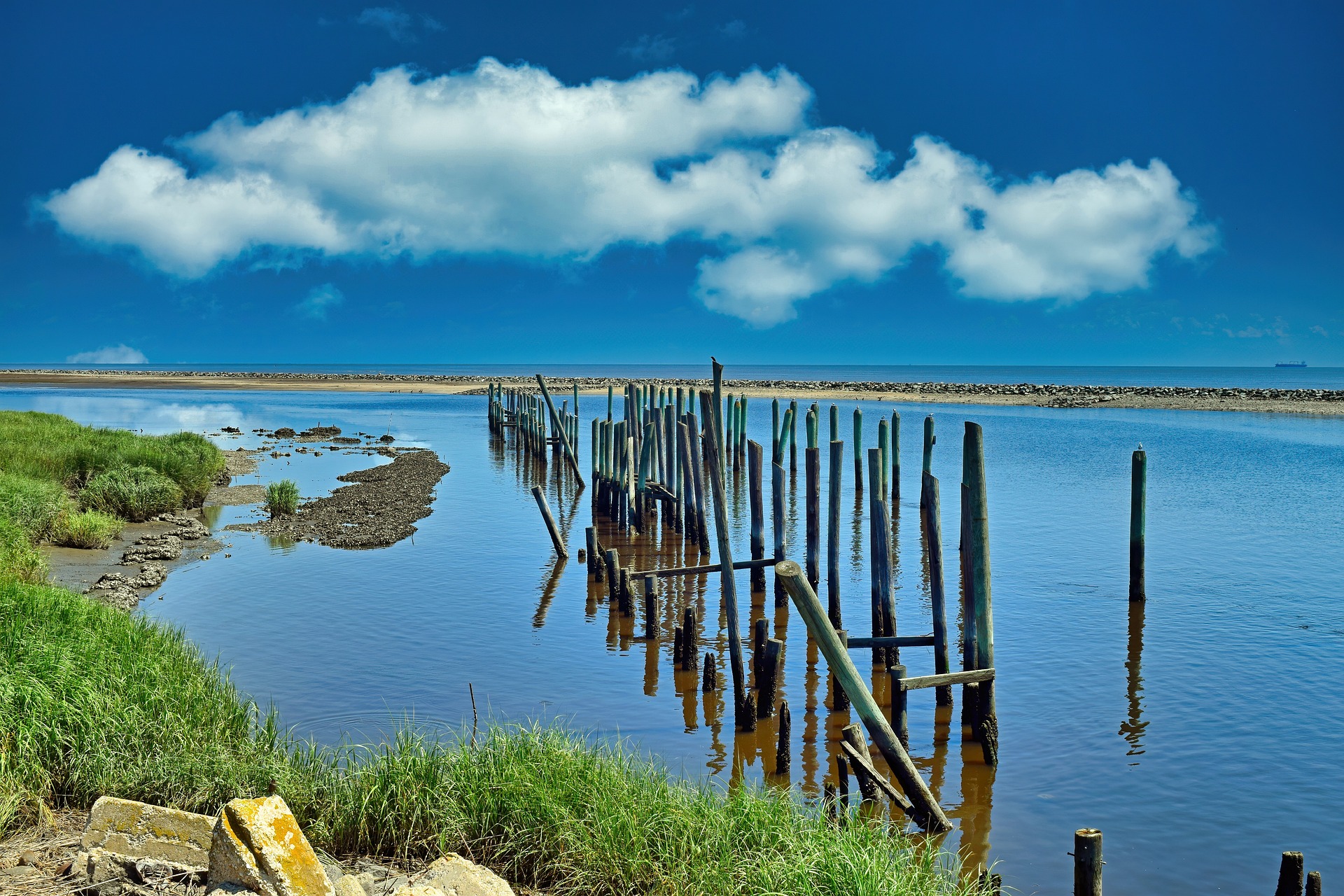
Ōtaki – Trends and the state for 15 Kiwi coastal and estuarine water quality measures have been released by Stats NZ, with improvement in nine areas.
The quality of coastal and estuarine waters is complex. The 15 measures were chosen because they are indicators of ecosystem health, suitability for recreation, and suitability for shellfish / aquaculture.
The number of sites that we present data for varies between 15 and 182 depending on which regional councils or unitary authorities collect it, and the frequency of collection.
Between 2006 and 2020, for the regional councils and unitary authorities where trends could be assessed:
- nine measures had more sites with improving trends than worsening trends
- three measures had more sites with worsening trends than improving trends
- three measures had more sites with increasing trends than decreasing trends
More sites showed improving trends than worsening trends for nitrogen and phosphorus, the two main nutrients of concern in coastal and estuarine ecosystems.
An overload of nutrients can lead to algal blooms that can kill marine life by depleting oxygen levels. Some bloom-forming algal species also contain toxins that can harm marine life and can pass through food chains to humans, such as shellfish poisoning.
The indicator shows that 78 percent of total nitrogen sites and 92 percent of total phosphorus sites had improving trends.
Dissolved oxygen (oxygen concentration in water) was the measure with the highest percentage of sites with worsening trends (51 percent).
Low levels of dissolved oxygen can have adverse effects on aquatic fauna, from reduced growth rates to death from lack of oxygen.
Data for the coastal and estuarine water quality indicator is provided by regional councils and unitary authorities and the National Institute of Water and Atmospheric Research (NIWA). The indicator was last updated in 2019.
Stats NZ publishes and updates environmental indicators on the pressures, state and impacts of New Zealand’s environment including air, marine, fresh water, land, and atmosphere and climate, as part of a joint environmental reporting with the Ministry for the Environment.
Coastal and estuarine water quality provides more information, including data from coastal monitoring sites.

